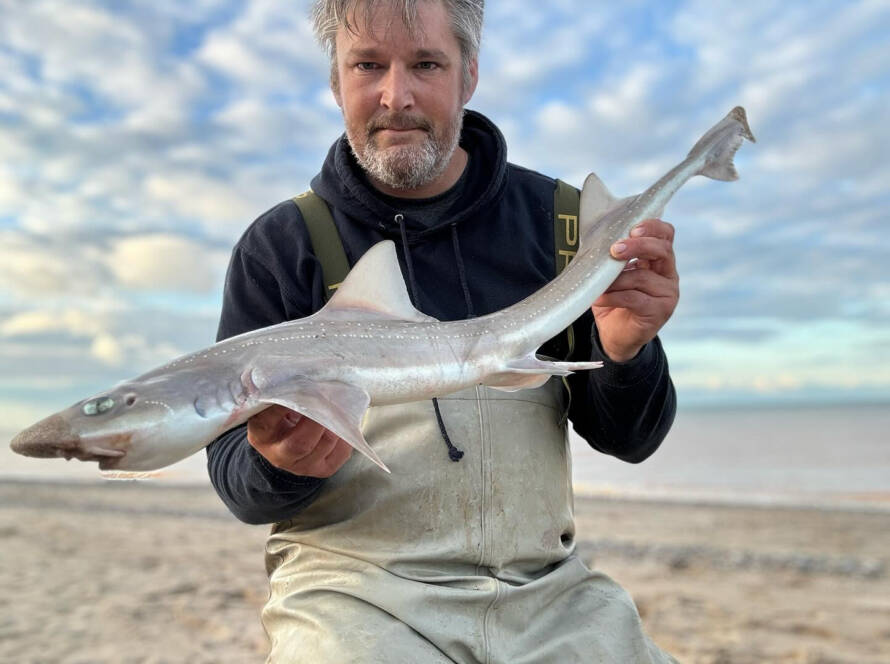The Chinese mitten crab (Eriocheir sinensis) is a medium-sized, burrowing crab whose most distinctive feature is the dense patch of dark setae on its claws, giving them a “furry mitten” appearance. Native to East Asian rivers and estuaries, mitten crabs embark on a catadromous life cycle: adults migrate downstream to tidal waters to breed, their larvae drift out to sea, and juveniles then return upstream into freshwater, where they grow to maturity over one to five years. First detected in the UK in the 1930s, populations have since spread rapidly via ballast-water releases and deliberate translocations, with established colonies now recorded in the Thames, Mersey, Humber and other major catchments.
As one of the “100 worst invasive species” globally, the mitten crab exacts both ecological and economic tolls.
Ecological Impacts:
- Competition with native species: Mitten crabs are known to displace native wildlife and prey on native species like salmon and trout eggs.
- Riverbank damage: Their burrowing behaviour can destabilize riverbanks and lead to erosion, potentially impacting flood defences.
- Disruption of ecosystems: Mitten crabs can alter natural habitats by impacting vegetation and sediment distribution.
If you spot a Chinese mitten crab, follow these steps to help prevent further spread and support national monitoring efforts:
- Contain and humanely dispatch
- Do not release the crab back into the water—it’s now an offence under Schedule 9 of the Wildlife and Countryside Act 1981 to allow mitten crabs to escape or be released into the wild. Source: canalrivertrust.org.uk.
- Wear sturdy, puncture‐resistant gloves and place any specimens you catch into a sealed, leak-proof container or bag to avoid accidental escapes. nw-ifca.gov.uk.
- If you’re trained and equipped to do so, humanely kill the crabs (for example, by chilling followed by a swift blow to the head). Otherwise, contact your local environment agency or Defra helpline for guidance on euthanasia and disposal gov.uk.
- Document and report your sighting
- Take clear photographs of each individual (including a close-up of the furry claw) and note the exact location (GPS if possible), date, time and number of crabs seen dassh.ac.uk.
- Submit your record via:
- Mitten Crab Watch or the Natural History Museum’s reporting portal nhm.ac.uk.
- iRecord or iNaturalist UK, both of which feed into the UK’s National Biodiversity Network Atlas mba.ac.uk.
- Or email your details and photos to dassh.enquiries@mba.ac.uk or contact the Defra helpline on 03459 33 55 77 mba.ac.uk.
- Clean your kit
- Follow the “Check, Clean, Dry” protocol on all tackle, waders and boats before moving to another waterway. This simple routine helps stop any stray larvae or eggs hitching a ride. Source: canalrivertrust.org.uk.
By containing, reporting and decontaminating, you’ll be doing your part to track and limit this invasive species—keeping the UK’s rivers and estuaries healthier for native wildlife and fellow anglers alike.






